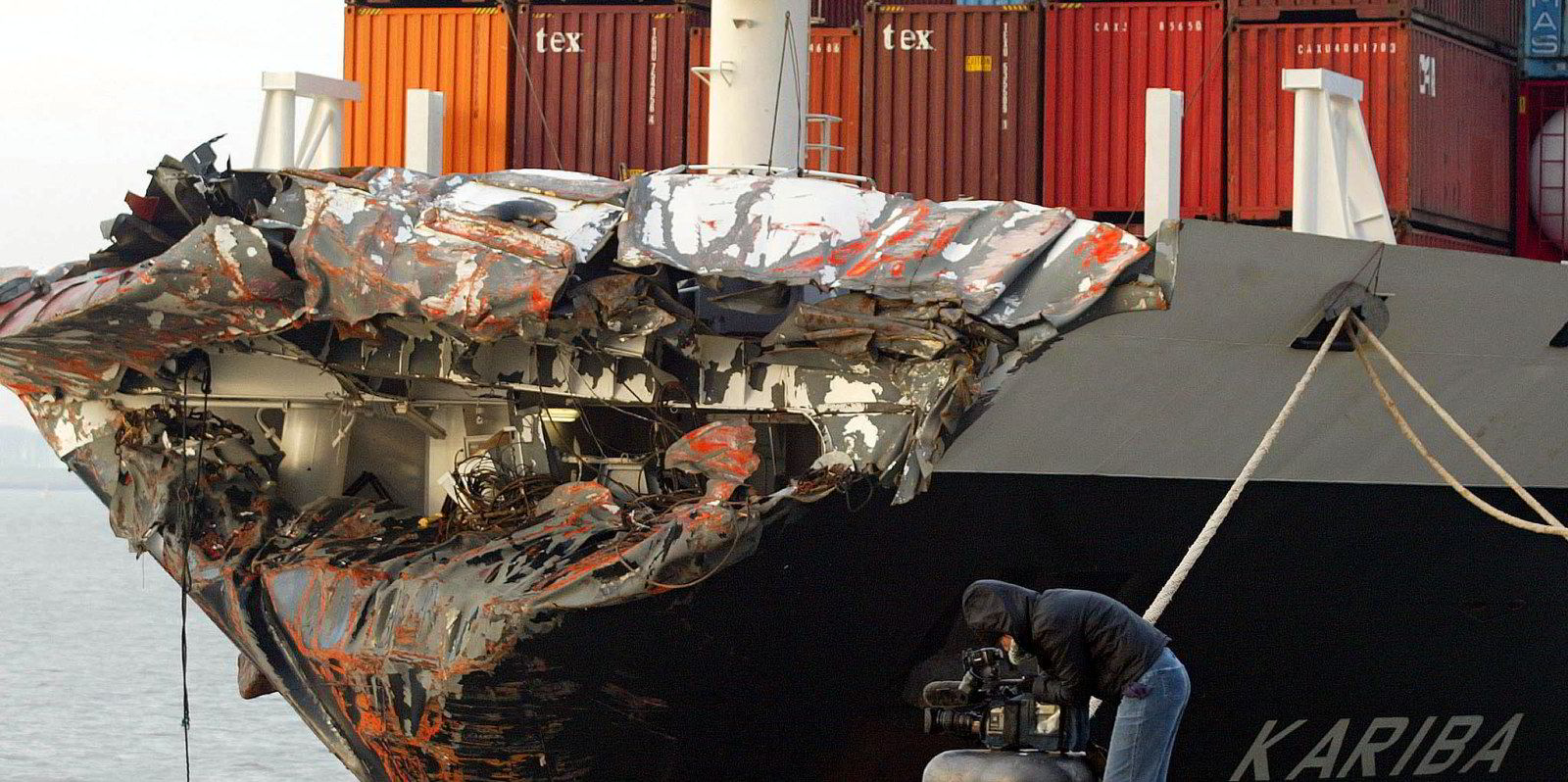AP Moller-Maersk’s container shipping division is already racking up operating losses, but the situation could be about to get worse.
The Copenhagen-based liner giant reported its ocean division made an operating loss, or Ebit, of $27m in the third quarter of the year.
The result massively reverses a profit before financial items of $8.7bn in the same quarter last year.
Many analysts had not expected the shipping division to log negative results until the fourth quarter.
But senior Maersk executives are already warning that the downturn could be the start of something long and nasty.
Speaking during a conference call today, chief executive Vincent Clerc conceded his company faced “a very uncertain trading environment with significant further downside risk potential”.
He emphasised that this scenario “could stay with us for quite a while”.
The second-largest liner operator has revised down its 2023 guidance in the three months since its last report
The company has adjusted its expectations, now anticipating Ebit and Ebitda figures closer to $3.5bn and $9.5bn, respectively, as opposed to the previously higher range of of $5bn and $11bn, respectively.
Guidance for 2024 will be provided next February, but Clerc is not raising hopes.
“If you look at the amount of tonnage being built in yards and the phasing-in of that capacity, then these difficult market conditions are likely to stay with us, not only for 2024 but also longer,” he said.
No foregone conclusion
Clerc believes that spot rates need to improve in the coming months. If that does not happen, then long-term freight rates could be dragged further down.
“If the Q4 does not deliver some type of improvement, then I think we’re looking at a pretty dire situation in 2024,” he said.
“That is not a foregone conclusion.”
“We are faced with a wider range of possible outcomes, hence the proactiveness of the measures we have taken,” he said.
As TradeWinds reported earlier today, these measures encompass cost-cutting initiatives, including workforce reductions of up to 10,000 employees — around 10% of its workforce — in the upcoming months.
Other measures include a review of its share buyback programme in a move designed to strengthen the company’s balance sheet.
“We are taking all measures on the cost and balance sheet side to weather any type of scenario,” said Clerc.
Too hard to call
Profitability in 2024 will depend on the direction of freight rates, as these would have an impact on a renegotiation of long-term rates, said Clerc.
“The real trick is to know what will happen to spot rates in the next few months,” he said.
He added that it is still too early to predict what will happen with spot rates next year.
But the downward pressure on markets was already impacting Maersk’s plans to expand its fleet, where the carrier is prepared to wait.
Current newbuilding prices “reflect a trading environment last year more than a trading environment this year”, said Clerc.
“It takes time for asset prices to adjust to correlate. Our expectation is the current level of building new ships is unsustainable and will have to correct,” he said.
Clerc concluded that the challenging market environment justified Maersk’s long-term strategy to diversify its income streams.
“If there was ever an environment illustrating why we must continue to diversify our revenues and build closer partnerships with our customers, then this environment is it.”






